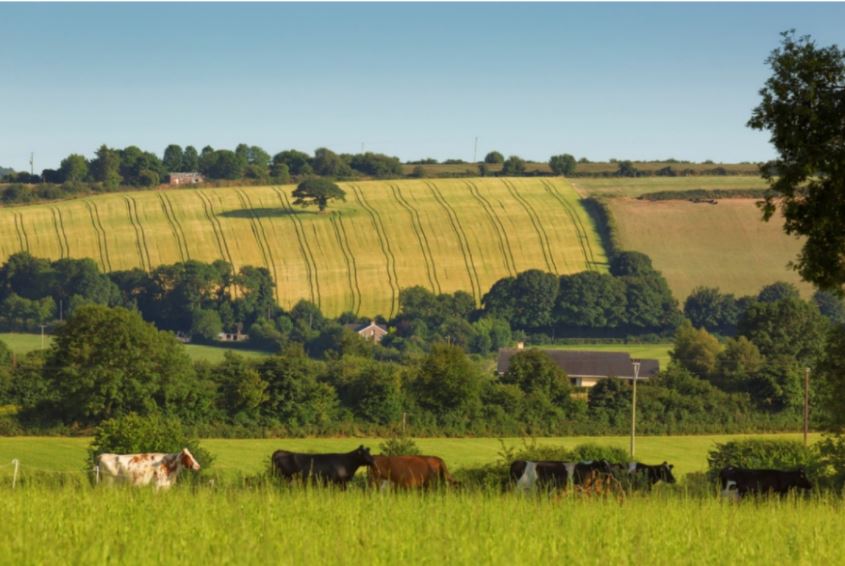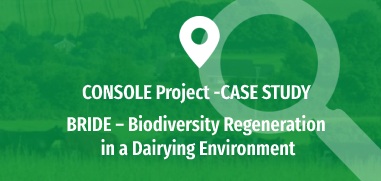Summary
BRIDE is a results-based landscape biodiversity project in a low-land intensive farming region, where farmers agree to improve the quality of the habitats on their farms. The BRIDE project involves 44 farmers working together to improve landscape biodiversity in the Bride River Valley Region. It is an EIP-Agri project which has been funded for the period 2018 to 2023. The project has designed, and is implementing, a results-based approach to conserve, enhance and restore habitats in low-land intensive farming. A results-based payment scheme is applied whereby farmers are assessed and scored, with higher quality habitats gaining higher payments. The farmers are geographically clustered enabling a landscape approach, a critical element in effective landscape biodiversity and in the creation of a well functioning bio-district. BRIDE is locally-led and farmer driven. It also incorporates knowledge transfer opportunities for farmers to learn how to manage habitats and improve farm-level biodiversity.
Objectives
- Explore an innovative implementation of a results-based approach for wildlife on intensively managed farmland.
- Develop, implement and assess innovative options to restore, preserve and enhance farmland habitats.
- Improve communication and dissemination about the contribution of Irish farmland to the conservation of biodiversity, especially in intensively managed dairy grasslands.
- Facilitate the creation of a market-based demand by the agri-food industry for supply of ecosystem services from farmers.
Public Goods



Problem description
The BRIDE Project directly addresses three key drivers of habitat reduction on intensively managed farmland by firstly, incentivising farmer action to maintain and enhance biodiversity; secondly, increasing awareness of biodiversity on such farms; and, thirdly, stimulating a market-based signal that values such biodiversity. The conditions that led to the project were a recognition that biodiversity, particularly on intensive farms, was reducing, coupled with a more general concern with the perceived ineffectiveness of the agri environmental schemes which were designed on a national basis, input-based and usually regulatory (and sometimes punitive) in nature. A team of local farmers initiated the project, having recognised that a results-based scheme which gave autonomy and flexibility to the farmer would be more effective. They also recognised the need for agri-environmental schemes to engage with the more intensive farmers, and at a more local level, if there was to be a transition to sustainable agriculture in Ireland.
